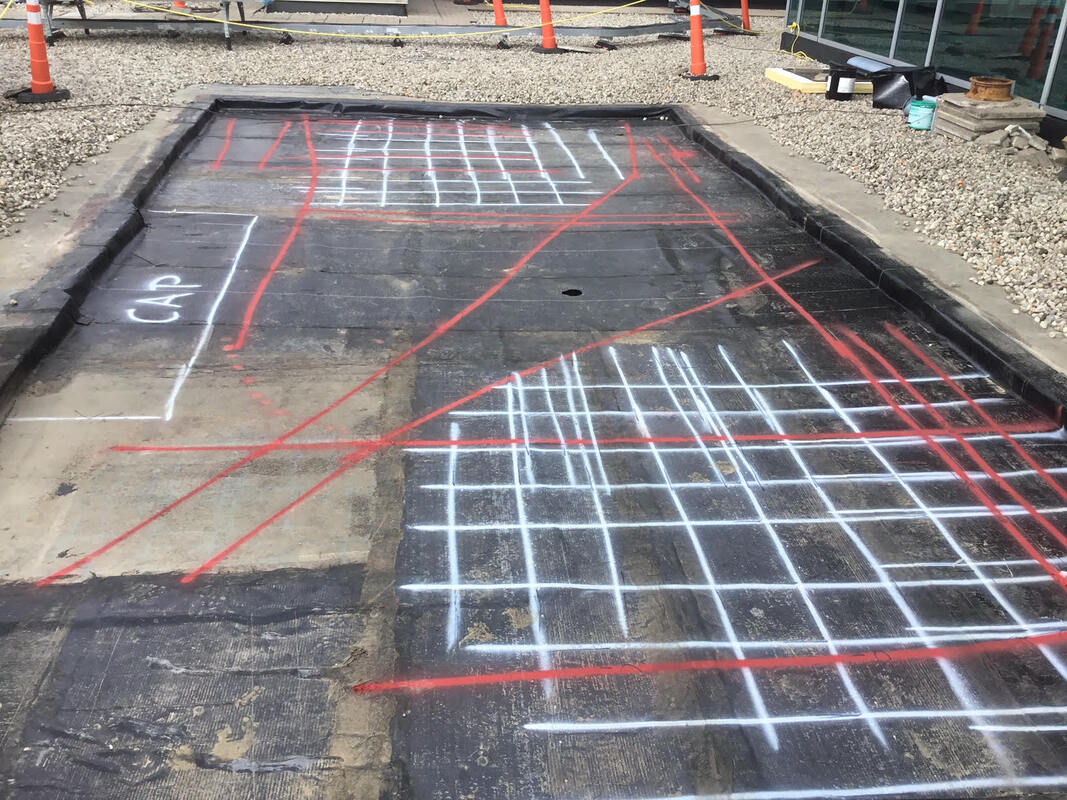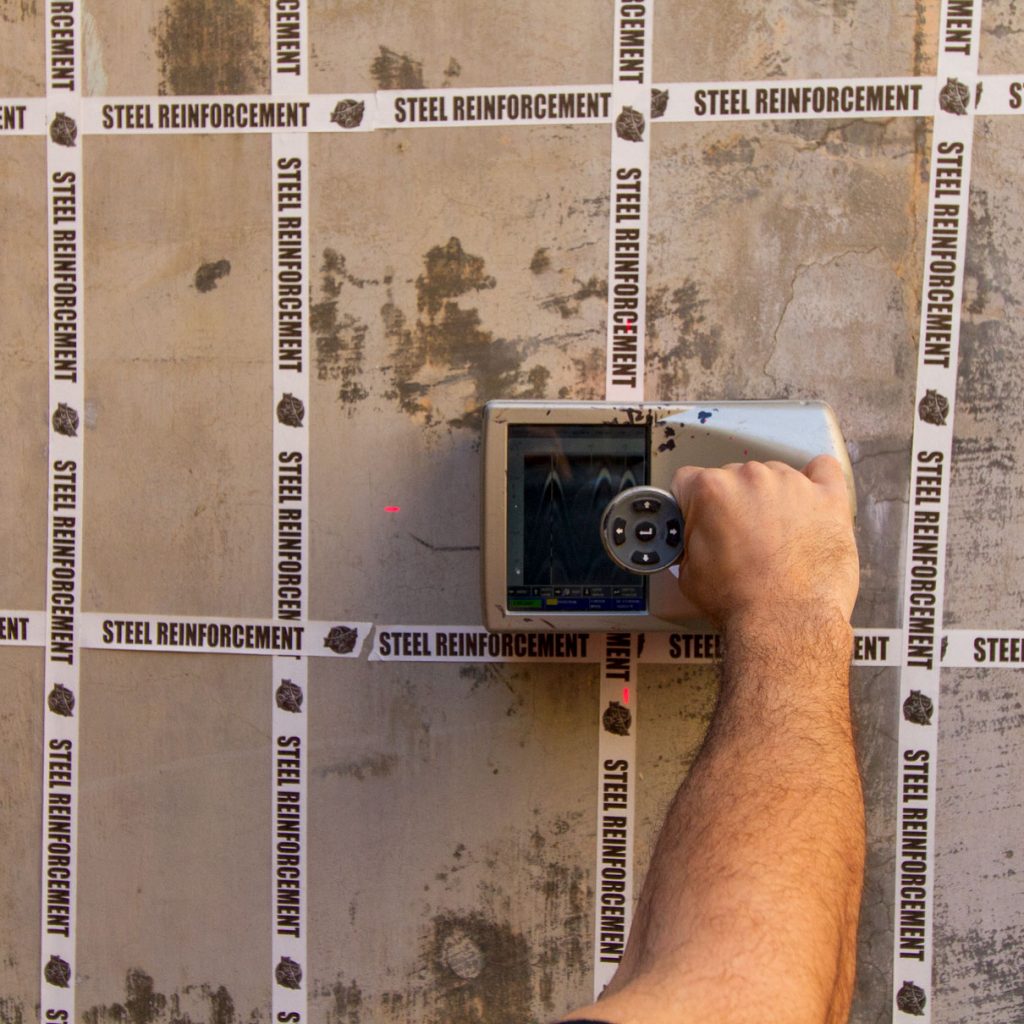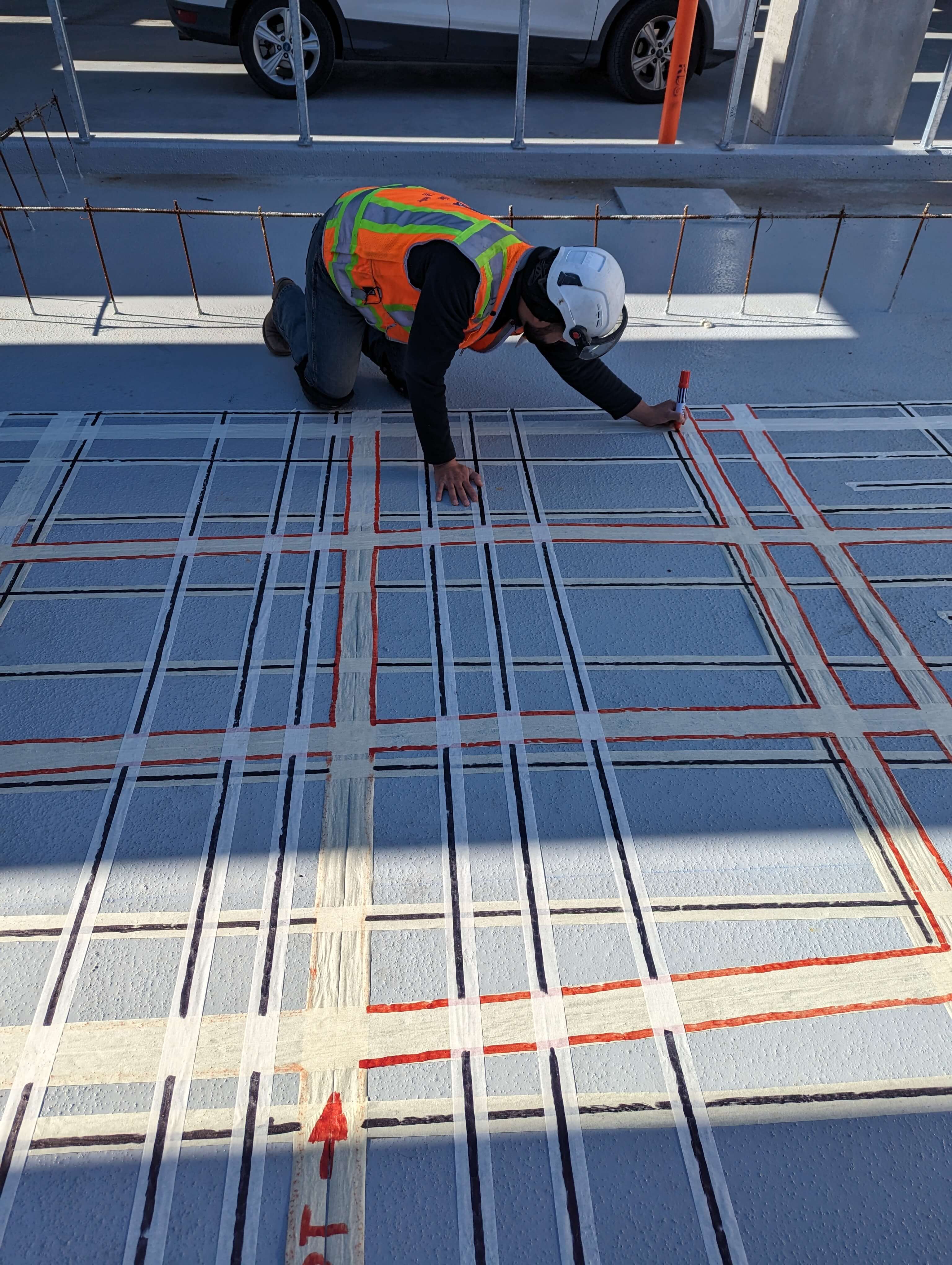Expert Tips for Ideal Concrete Scanning Results
Expert Tips for Ideal Concrete Scanning Results
Blog Article
Reveal the Transformative Power of Concrete Scanning in Taking Full Advantage Of Effectiveness and Safety
Concrete scanning has emerged as an important device in the building and construction market, using exceptional advantages in boosting project effectiveness and ensuring security standards. The transformative power of concrete scanning exists in its capacity to provide comprehensive understandings and real-time data, reinventing how projects are planned and executed.
Importance of Concrete Scanning
Making sure the structural honesty and safety of construction tasks begins with the critical step of conducting thorough concrete scanning. Concrete scanning is a non-destructive method utilized to identify and map subsurface components within concrete structures.
Furthermore, concrete scanning assists in maximizing task timelines and budget by preventing unexpected expenses and delays that might emerge due to unexpected blockages within the concrete. Ultimately, spending in complete concrete scanning is a positive technique that improves both effectiveness and safety in construction projects.
Just How Concrete Scanning Works
Concrete scanning runs as an essential tool in construction projects by employing advanced modern technologies to discover and map subsurface aspects without causing structural damage. Ground Passing Through Radar (GPR) and Electromagnetic Induction (EMI) are 2 primary techniques made use of in concrete scanning. GPR jobs by releasing high-frequency radar pulses into the surface, which bounce back when they encounter subsurface objects or spaces. The time considered the signal to return indicates the depth and area of the items. EMI, on the other hand, utilizes magnetic fields to determine variations in material make-ups, such as identifying rebar or conduits within concrete frameworks.
Throughout the scanning process, the information collected is assessed in real-time, enabling immediate identification of possible threats or barriers below the surface. This information help in decision-making, making sure that building tasks proceed safely and successfully. Additionally, 3D imaging software can be utilized to create detailed maps of the subsurface components, better boosting project preparation and execution. By utilizing these innovative modern technologies, concrete scanning significantly decreases the threat of pricey problems and injuries on building and construction sites.
Benefits of Concrete Scanning
One of the key advantages of concrete scanning is the capability to detect and find ingrained objects such as rebar, post-tension cords, and channels precisely. Concrete scanning assists in preparation and creating more successfully, as it gives exact info about the location and depth of architectural elements.

Study: Concrete Scanning Success

In one more instance, a building and construction company utilized 3D concrete scanning to evaluate the problem of maturing concrete structures in a historic building. The detailed scans offered useful insights right into the degree of degeneration and aided prioritize maintenance efforts efficiently. By proactively attending to locations of issue determined with scanning, the firm was able to extend the life-span of the framework and guarantee owner safety and security.
These instance studies highlight the transformative power of concrete scanning in boosting effectiveness, precision, and safety and security in building projects.
Applying Concrete Scanning in Projects
Implementing advanced scanning technologies during construction projects has actually ended up being increasingly crucial for boosting accuracy and safety. By incorporating concrete scanning into job planning and execution, building teams can determine prospective hazards, such as rebar or post-tension wires, hidden within concrete structures. This positive technique minimizes the risk of crashes, hold-ups, and pricey rework, ultimately resulting in more reliable task timelines and budgets.
To implement concrete scanning efficiently, task supervisors should collaborate find more closely with experienced scanning specialists to identify the most suitable scanning techniques for the certain project demands. Engaging scanning experts from the onset of a project makes it possible for the group to produce detailed scanning plans that attend to crucial areas of problem and make certain detailed information collection.
In addition, including concrete scanning right into regular project workflows can streamline decision-making processes, as real-time scan information provides immediate understandings into the problem of concrete frameworks - Concrete Scanning. This data-driven strategy helps with educated analytical and allows groups to make changes immediately, cultivating a culture of efficiency and safety throughout the task lifecycle

Final Thought
In verdict, concrete scanning plays a crucial role in improving effectiveness and safety and security in building and construction projects. By utilizing advanced innovation to discover and map out underlying frameworks within concrete, this process assists to protect against pricey blunders, make sure structural honesty, and reduce risks on site. With the ability to discover hidden elements and give exact information, concrete scanning confirms to be a valuable device for enhancing job results and maximizing overall success.
Concrete scanning is a non-destructive method used to discover and map subsurface components within concrete structures. Additionally, concrete scanning assists in enhancing task timelines and budget plan by staying clear of unexpected expenses and delays that might occur due to unexpected blockages within the concrete. One notable case research study entails a large-scale improvement project where concrete scanning played a vital function in making certain project success.In one more situation, a building business go to this web-site utilized 3D concrete scanning to analyze the problem of maturing concrete structures in a historic structure. By incorporating concrete scanning right into project planning and implementation, building groups can recognize prospective hazards, such as rebar or post-tension cable televisions, concealed within concrete structures.
Report this page